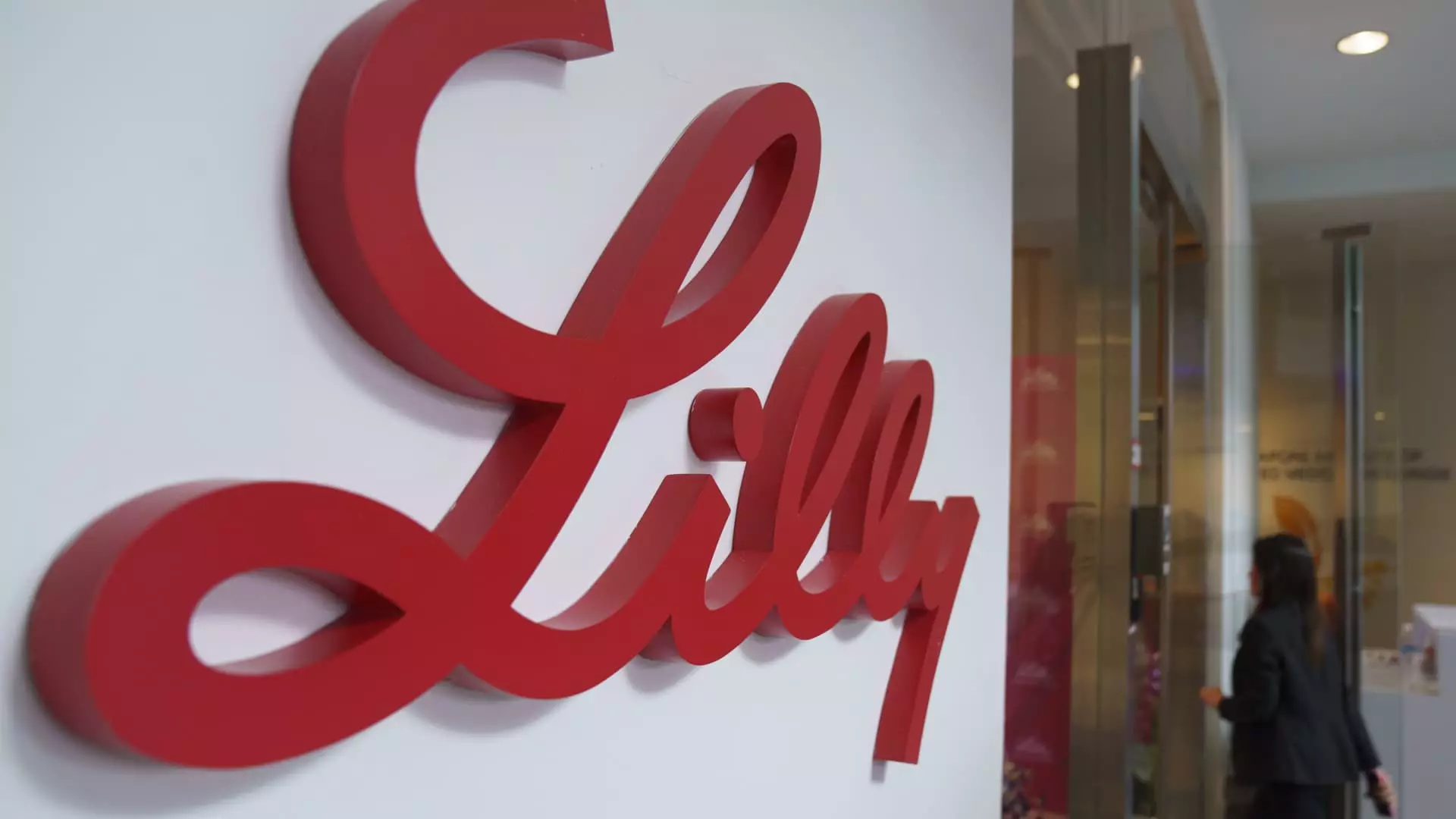Eli Lilly, a prominent player in pharmaceuticals, has recently adjusted its revenue forecast, reflecting a more cautious outlook for the upcoming year. Their estimated revenue for 2024 now stands at approximately $45 billion, a slight decline from its previous estimate of $45.4 billion to $46 billion. This moderation might appear minor; however, it underscores more significant market dynamics at play in the competitive landscape of diabetes and weight management drugs. Despite the dip in expectations, this forecast still represents a remarkable 32% increase from the previous year, showcasing Eli Lilly’s growth potential even amidst uncertainty.
The company is navigating high demand for its groundbreaking incretin drugs, specifically Mounjaro and Zepbound, essential in managing diabetes and facilitating weight loss. Eli Lilly has dedicated considerable resources to scale up production capabilities, aiming to address both consumer and market needs. According to CEO Dave Ricks, the pharmaceutical giant has made substantial gains in manufacturing, predicting a 60% increase in the availability of sellable doses in the first half of the year compared to previous figures. This is a strategic move, especially as the FDA’s recent declaration of an end to the tirzepatide shortage indicates that Eli Lilly is in a position to capitalize on high demand.
However, the market is not without its challenges. Eli Lilly faces stiff competition from Novo Nordisk and other emerging companies eager to capitalize on the expanding weight loss and diabetes sectors. The competitive environment adds pressure, forcing Eli Lilly to continuously innovate and enhance its offerings. In response to this competitive threat, the company is also focusing on developing an oral obesity treatment, which may streamline patient experience and simplify production processes. Ricks has indicated that this new pill could receive approval early next year, a potential game-changer in Eli Lilly’s product lineup.
Company performance in the fourth quarter reflects these challenges, with anticipated revenues of $13.5 billion—including $3.5 billion from Mounjaro and $1.9 billion from Zepbound—falling short of market expectations. Analysts had projected greater numbers, suggesting that while Eli Lilly’s growth remains robust, it has not met the more optimistic forecasts previously set. The company’s CEO acknowledged a slower than projected growth rate in the incretin market, with year-end channel inventory being below expectations—contributing factors to the revenue adjustment.
Looking ahead, Eli Lilly has bold ambitions with revenue projections for fiscal 2025 estimated between $58 billion and $61 billion. The clearly ambitious target illustrates the company’s commitment to overcoming current hurdles and seizing future opportunities in a rapidly evolving market. In essence, while Eli Lilly experiences a temporary setback in guidance due to fierce competition and production challenges, its strategic moves and unwavering focus on innovation may position it for sustained success in the long run.

